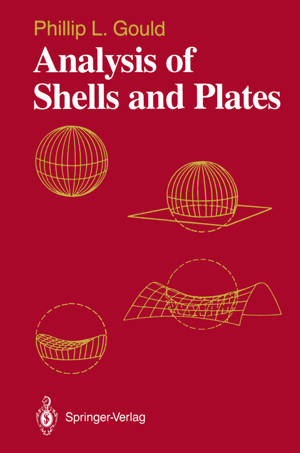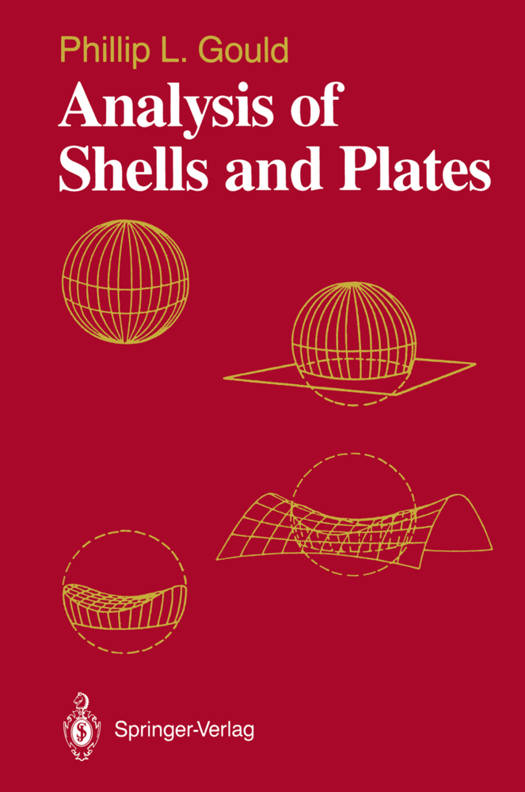
- Afhalen na 1 uur in een winkel met voorraad
- Gratis thuislevering in België vanaf € 30
- Ruim aanbod met 7 miljoen producten
- Afhalen na 1 uur in een winkel met voorraad
- Gratis thuislevering in België vanaf € 30
- Ruim aanbod met 7 miljoen producten
Zoeken
Omschrijving
The study ofthree-dimensional continua has been a traditional part of graduate education in solid mechanics for some time. With rational simplifications to the three-dimensional theory of elasticity, the engineering theories of medium-thin plates and of thin shells may be derived and applied to a large class of engi- neering structures distinguished by a characteristically small dimension in one direction. Often, these theories are developed somewhat independently due to their distinctive geometrical and load-resistance characteristics. On the other hand, the two systems share a common basis and might be unified under the classification of Surface Structures after the German term Fliichentragwerke. This common basis is fully exploited in this book. A substantial portion of many traditional approaches to this subject has been devoted to constructing classical and approximate solutions to the governing equations of the system in order to proceed with applications. Within the context of analytical, as opposed to numerical, approaches, the limited general- ity of many such solutions has been a formidable obstacle to applications involving complex geometry, material properties, and/or loading. It is now relatively routine to obtain computer-based solutions to quite complicated situations. However, the choice of the proper problem to solve through the selection of the mathematical model remains a human rather than a machine task and requires a basis in the theory of the subject.
Specificaties
Betrokkenen
- Auteur(s):
- Uitgeverij:
Inhoud
- Aantal bladzijden:
- 491
- Taal:
- Engels
Eigenschappen
- Productcode (EAN):
- 9781461283409
- Verschijningsdatum:
- 21/09/2011
- Uitvoering:
- Paperback
- Formaat:
- Trade paperback (VS)
- Afmetingen:
- 152 mm x 229 mm
- Gewicht:
- 675 g

Alleen bij Standaard Boekhandel
+ 167 punten op je klantenkaart van Standaard Boekhandel
Beoordelingen
We publiceren alleen reviews die voldoen aan de voorwaarden voor reviews. Bekijk onze voorwaarden voor reviews.











